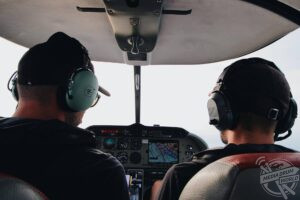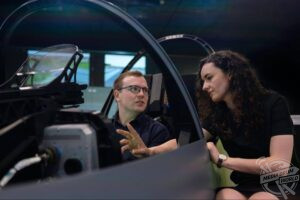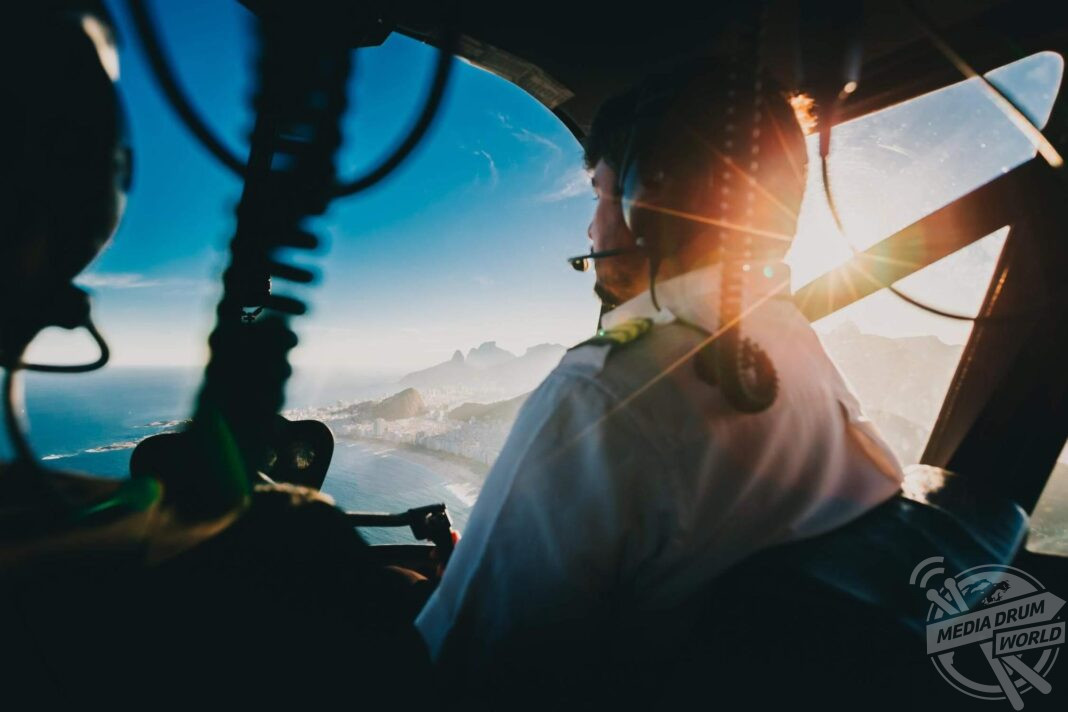Flying a plane at 30,000 feet carries a lot of weight; you’re responsible for the crew’s lives and, in some situations, hundreds of passengers. You will face varying weather conditions as you handle different aircraft models, whether a commercial or a private jet charter; no two flights are identical. Thousands of hours of practice and a significant financial investment if attending flight school are required to prepare for this vocation.
Unsurprisingly, the epidemic and the ensuing travel restrictions wreaked havoc on the airline industry. Even experienced pilots lost their jobs when several airlines and flight training schools went bankrupt. The aviation industry will experience some recovery as the travel industry recovers, but it will take time. In addition, pilot training is not for the faint of heart; you’ll encounter various obstacles, including high training costs, the impact of the epidemic on the industry, and fierce rivalry for positions. However, if you want to work in the air, here’s how to get started as a pilot.
To succeed during the demanding training program, you’ll need natural skills, enthusiasm, and motivation. In addition, you must be able to keep your cool under pressure and solve complex problems using verbal and mathematical reasoning. You’ll also be a fantastic team member who can lead by example in generating unforgettable experiences for everyone on board.

As a commercial airline pilot, you can anticipate working weekdays, evenings, weekends, and holidays on shifts that last between 39 and 41 hours each week. You and your co-pilot will take turns communicating with air traffic control to identify any potential obstacles and complete paperwork, which often includes developing a flight plan and recording your flight.
Furthermore, you’ll be required to conduct pre and post-flight inspections and checks throughout your route, including reviewing weather forecasts and confirming that all instruments, engines, fuel, and safety systems are functioning correctly. You’ll also need to brief cabin personnel and provide regular updates on the journey’s status to passengers and crew.
It might not be easy to know where to begin when becoming a pilot in the UK, Europe, or the US because many options exist. There are numerous pilot training programs to select from, ranging from integrated and modular training courses to structured programs dedicated to major airlines.

Before becoming a fully licensed commercial captain, a prospective pilot with little or no experience typically spends 3 to 4 years as a student. Your career goals, existing obligations, and financial resources determine the amount of time you spend as a flight student. Because training courses are lengthy and expensive, you must be sure that this is the correct vocation.
The two types of professional flight training offered by pilot training schools, also known as flying schools, are integrated and modular. Trainee pilots with no prior flying experience can get their ATPL in as little as 18 months with integrated courses. Because the classes are intensive, you must complete them all at once. Theoretical study and practical flying experience are included in integrated classes.
Modular training, as the name implies, is done in segments, making it more flexible and allowing students to work while studying to pay course fees. You must have a Private Pilot License (PPL) and 150 hours of flying experience to be admitted into a modular training program. This method is less expensive than the integrated alternative, but it takes longer to finish.
What else is required?
Age/Nationality – You can apply when you’re 17, but you won’t be able to start training until you’re 18. You must be eligible to live in the nation where your training program takes place, depending on your program of interest.
Education – Future pilots must have finished secondary school and ideally have a GCSE pass in English, mathematics, and physics.
Medical – An examination will be required to assess your hearing, vision, coordination, and overall health. You will earn a valid Class 1 Medical Certificate if you complete the course successfully. Throughout their careers as pilots, all pilots must have this certificate.
Personal Attributes – a desire to fly, motivation and ambition, self-discipline, technical talent, pressure tolerance, maturity for your age, and spatial awareness are desirable qualities.









